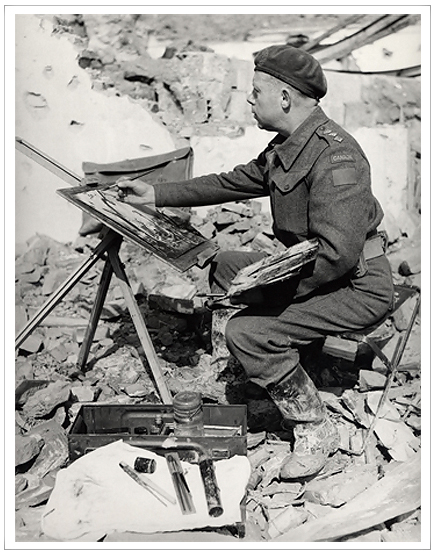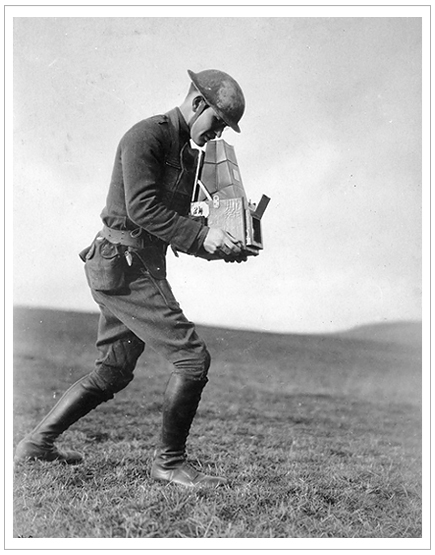diptych # 77 ~ the possession of a camera can inspire something akin to lust
 Friday, July 25, 2014 at 11:41AM
Friday, July 25, 2014 at 11:41AM 
lid with coffee / onions in bowl ~ Au Sable Forks, NY - in the Adirondack PARK • click to embiggen
... the need to photograph everything lies in the very logic of consumption itself. To consume means to burn, to use up - and, therefore the need to be replenished. As we make images and consume them, we need still more images: and still more ... the possession of a camera can inspire something akin to lust. And like all credible forms of lust, it cannot be satisfied: first, because the possibilities of photography are infinite; and, second, because the project is finally self-devouring ... Our oppressive sense of the transience of everything is more acute since the camera gave us the means to "fix" the fleeting moment. we consume images at an ever faster rate and, as Balzac suspected cameras used up layers of the body, images consume reality. Cameras are the antidote and the disease, a means of appropriating reality and a means of making it obsolete. ~ Susan Sontag - The Image World
OK then. While I will buy into the idea that we live in image saturated world, the idea that we live in an image world, a world where reality has been appropriated and made obsolete - via the machine which makes them - by images / imagery, not so much.
Sure, innumerable humans spend significant time playing in a make believe world of images, aka: video games. However, I am not accquainted with anyone who has taken up permanent residence therein or, for that matter, believe that those image worlds are actually real (insane or mental ill excepted). Reality based, perhaps. Realistic, perhaps. Real, not so much.
And, most certainly, in a vast social media world, one which is largely image based, numbers of people beyond measure view billions of pictures everyday - facebook alone admits to 6 billion uploaded / posted pictures a month = 2 billion a day. But to claim that people are consuming those pictures, as in burning them up (destroying), is bit of a stretch. The idea of consuming them, as in absorbing or being engrossed in, can fly with me. And so can the idea that those "consumers" want / have a desire for those images to replenished on a regular, if not hourly, schedule.
But again, that still begs the question, how many of those "consumers" consider those images to be their reality, one in which they reside? Representations of reality, certainly. Living vicariously for a moment or two, certainly. Permanent residence therein, not so much (previous exceptions noted) - but all the gods of heaven and earth help them if they do.
All of that noted, Sontag's point, re: camera possession inspires ... lust (I assume a lust for making pictures) .... if one defines lust as an overpowering desire or craving for making pictures, I find the notion less than credible (compulsive-obsessive disorder excepted). If one defines it as ardent enthusiasm / zest for making pictures, I believe, without reservation, that usage of the word would accurately describe most serious picture makers, myself included.
My ardent enthusiasm / zest for making pictures most likely floats / swims around in the deep end of the pool. Not many days pass during which I do not make a picture. On some days I make many pictures (today's diptych pictures as an example). That written, I do not have an overpowering desire / craving to make those pictures. Far from it - I do not climb out of bed in morning, my aged skeleton emitting creaking and cracking noises, craving to make a picture. The thought of making a picture only occurs to me when my eye and sensibilities see / encounter a picture making opportunity.
And, I can write, with absolute conviction and belief, that the results of those picture making activities in no way replace, diminish, or otherwise compete with my participation in and utter appreciation for living in the real world of actual experiences. That world has not been made "obsolete".
In fact, making pictures, makes me very aware of what's going on all around me, more attuned to the world than I might otherwise be. And, I never let the act of making a picture interfere with the participation in and enjoyment of the moment. I can also unreservedly write that my pictures of life being lived add considerably to my appreciation of life being lived. So, my picture making endeavors, instead of being "self-devouring", are actually quite self-reinforcing, re: a life well lived and well appreciated.
If that's lust, I say, "Bring it on."
















